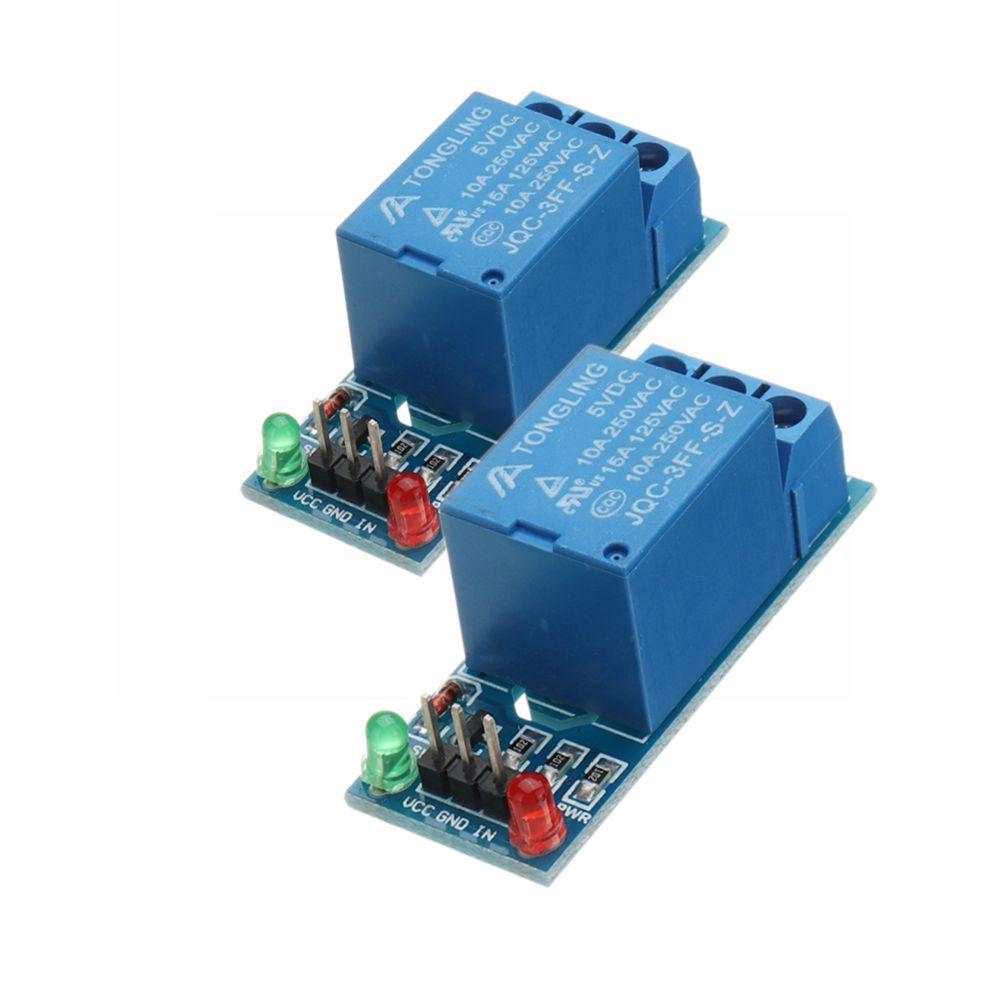
Female headers were then soldered to the PCB for stability. In both experiments, a Teensy 3.2 ( PJRC.COM, LLC, part #: TEENSY32) ( Figure 1A), or a Teensy 3.2 soldered to a prop shield ( PJRC.COM, part #: PROP_SHIELD) ( Figure 1B), is mounted on top of a standard printed circuit board (PCB) (for example: Digi-Key, part #: V2010-ND) via standard female headers (such as SparkFun Electronics, PRT-00115). The specialty components required to build these designs are shown in Tables 1 and and2.

ARDUINO CAMERA TIMER TRIGGER SOFTWARE
Together, these results demonstrate that the Teensy interface, consisting of a Teensy microcontroller and a set of custom software functions, offers a flexible, accurate, and user-friendly environment for imaging experiments during behavior.Įxperimental hardware designs are shown in Figure 1. We also demonstrate the ability of the Teensy interface to generate analog sound waveforms to drive speakers for a trace conditioning eye blink experiment. The Teensy interface can deliver digital pulses with microsecond precision to initiate individual image frame capture using the camera’s external trigger settings at a desired frequency, while simultaneously collecting animal behavioral data. Here, we demonstrate and characterize a flexible Teensy 3.2-based interface for temporally precise data acquisition and delivery of analog and digital signals, during a voluntary movement tracking experiment and a trace conditioning eye blink learning experiment. Because of the simplicity of microcontrollers and their temporal precisions, microcontrollers represent an attractive solution to precisely record data and monitor experimental progress. Teensy microcontrollers utilize the same open-source Arduino software environment, and thus remain easy to program ( D'Ausilio, 2012). Recently, Teensy 3.2 microcontrollers were developed, which have all the key features of the current version of the standard Arduino microcontroller (Arduino Uno Rev3), as well as the additional feature of delivering analog output. Arduino, which utilizes user-friendly, open-source software functions, was the first major microcontroller to gain substantial popularity.

Microcontrollers are small, low-cost, and capable of delivering digital outputs with microsecond time precision. For example, Arduino microcontrollers have recently been integrated into two-photon imaging experiments ( Wilms and Hausser, 2015 Takahashi et al., 2016 Micallef et al., 2017). Over the last decade, microcontrollers traditionally marketed to hobbyists have gained popularity across a variety of scientific fields ( D'Ausilio, 2012 Sanders and Kepecs, 2014 Grinias et al., 2016 Husain et al., 2016 Chen and Li, 2017 Saphet et al., 2017). Thus, a user-friendly interface that can integrate a sCMOS camera into behavioral experiments with high temporal precision is desired, especially for researchers with limited programing skills. To achieve the temporal precision needed, optimized MATLAB functions or LabVIEW programs may be deployed, which can present a steep learning curve for people without sophisticated programming skills.
ARDUINO CAMERA TIMER TRIGGER PC
However, MATLAB or other PC-based high-level programming languages can lead to undesired temporal delays, as the PC operating system needs to balance the demands of many system operations at once. Traditional Analog/Digital interfaces are often operated by programs, such as MATLAB, that offer a wide range of applications.

However, it has been difficult to integrate sCMOS cameras, deployed in large scale calcium imaging studies, with devices needed to monitor and control behavioral experiments. One key technical aspect of neural activity analysis during behavior is temporal precision, where neural activities need to be precisely aligned with behavioral features. Using a standard wide-field microscope system, sCMOS cameras can offer routine imaging of large brain areas of millimeters in diameter at a micrometer spatial resolution, and tens of frames per second acquisition rate, allowing simultaneous measurement of thousands of individual neurons. Recent advances in sCMOS camera technology and genetically encoded calcium indicators enable fluorescence imaging of neuronal activity patterns during behavior ( Mohammed et al., 2016 Nguyen et al., 2016 Gritton et al., 2019).


 0 kommentar(er)
0 kommentar(er)
